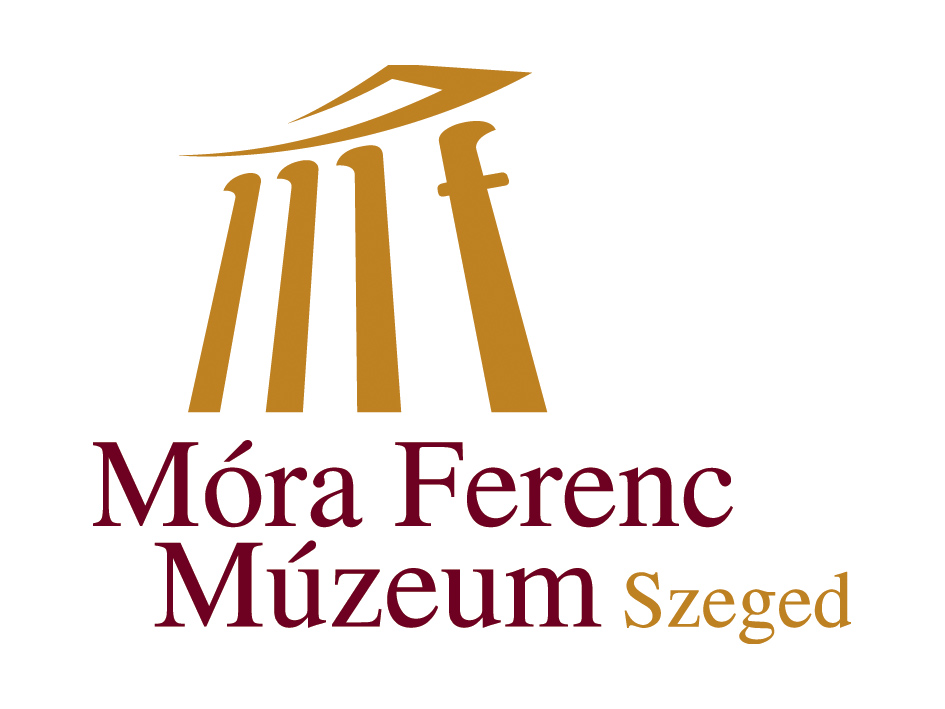1880 — 1950Creation of the library of the Móra Ferenc Museum
The creation and history of the library of the Móra Ferenc Museum is inseparable from that of the Somogyi library. After the flood disaster of 1879, Károly Somogyi (1811-1888), the abbot-canon of Esztergom, transferred the library of nearly 43,000 volumes in 1880. in her letter dated April 26, he offered it to the public of the city of Szeged. This core stock was gradually expanded with a part of the old city public library, with donations from certain institutions, but mainly with the use of the city's initial annual contribution. On the occasion of the millennium, the city built a palace for the Somogyi library, in which the Museum was also organized. The building was handed over on November 3, 1897. For almost 70 years, the library and the museum operated and developed under the direction of joint directors. In this period, the leading role belonged to the library.1950 —After the war
After the war, the 1949 XII. a decree with the force of law provided for the nationalization of public collections and, in this context, for the separation of the dual institution. Alajos Bálint (1902-1983) 1950. from January 1, he became the director of the Szeged City Museum, while Mihály Szőke remained in charge of the Somogyi library. This marked the end of a long era. The museum and library, which had been under joint management until then, became separate, although they remained in the same building. The museum staff could still use the materials of the Somogyi library, but it became necessary to create a museum library of its own. "Living under one roof" lasted until 1984. At that time, the Somogyi library moved to its new home and the entire building on the banks of the Tisza was taken over by the museum. This increased the role of the museum's own small library. After the external and internal renovation, the museum's library was moved from the narrow ground-floor room to the rooms on the second floor with the original furniture left to it (it was made by the company of the poet Gyula Juhász's uncle). Here it was already possible to create a suitable storage order for the present library.
The holdings of the Móra Ferenc Museum’s own specialist library were founded with the books and periodicals it selected from the holdings of the former jointly owned Somogyi library.
In the beginning, the collection – because of this special background – was only a manual library. From 1956, the publication of the Yearbook of the Ferenc Móra Museum gave a great boost to its development. Thanks to the exchange relationship between more than two hundred Hungarian and foreign partner institutions, the library’s stock has increased and continues to increase with valuable – mainly archaeological – periodicals and monographs.
Thanks to the tradition of the Ferenc Móra Museum, the archeology collection is the dominant part of the library’s holdings, and since the end of the 1960s, university archeology training has been connected with the museum. Since 1989, the Department of Archeology of the University of Szeged has operated jointly with the museum. Thus, the museum and the library have housed the department and students since 1989
The two special collections of 6,000 volumes each are very significant: the book legacies of Sándor Bálint and Győző Csongor.
András Dugonics: Hungarian example speeches and famous sayings Sándor Bálint (1904-1980) is a professor of ethnography at the University of Szeged. During her research on Hungarian Catholic ethnography extended the investigations to the entire Hungarian-speaking area. His work in the field of religious ethnography is of international importance. He was the most thorough connoisseur of the folk culture and history of Szeged and the Szeged landscape, “the nation of Szeged”, and the religious life of the people. In 1980, the museum bought his legacy, manuscripts, correspondence, canvas collection, material of holy images, partly sacred objects, furniture and library from the heir. His book heritage provides essential assistance to researchers interested in sacred ethnography.
Győző Csongor (originally Viktor Czibula 1915-1997), who was a full-time employee of the Ferenc Móra Museum from 1952. He researched the flora and fauna of the Southern Great Plain, especially Szeged, but he was also interested in the history of the city. In 1989, part of its unique library was purchased by the museum. With excellent sense, he found and collected the scientific, literary, local and cultural history publications of Szeged and its surroundings published in Szeged. To this day, his library serves as a basic source for researchers of the city’s local history.
The defining characteristic of both collections is the Szegedianness, which makes the museum’s library – in addition to its role in archeology training – unique.


